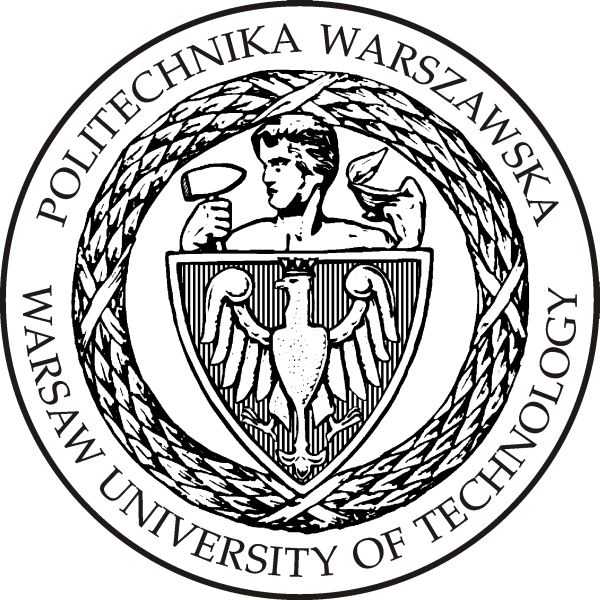Methodology of design and implementation of multisensor robot systems for service tasks
Financing: Narodowe Centrum Nauki under the Opus programme.
The project was carried out by Zespół Programowania Robotów i Systemów Rozpoznających IAiIS, Politechnika Warszawska.
The amount of the grant awarded: PLN 397400.
Implementation period: 2013-2016.
During the project, a number of algorithms for controlling manipulators and grippers of the service robot were developed, as well as ways of using information from proprioreceptive and extreceptive sensors. The operation of two families of manipulators was also studied in practice: redundant - torque controlled and no redundancy with positional control. Analysis of the results may be an important indication for future projects, especially for the selection of an appropriate type of manipulator depending on the expected robot task.
In parallel, techniques from the related field of system engineering were used intensively. The course of a project involving the construction and software of a service robot is a modern example of using this field in the domain of robotics. At this point, the idea of a structured agent, combining both these fields, seems indispensable.
Another related field is machine vision. In the project it was used for robotics. Without a doubt, RGB-D images come to the fore, which are useful for classifying and locating objects in the robot's work area. Artificial intelligence methods and techniques were used in the project. In addition to the machine vision, a very important aspect was the planning of tasks and traffic trajectories. In particular, the scope of application of local and global planning methods in the tasks of a service robot was studied. In the final phase, the research entered the area of diagnostics and safety. This is important because modern robot applications foresee interaction with people in their environment, where human safety is a priority.



